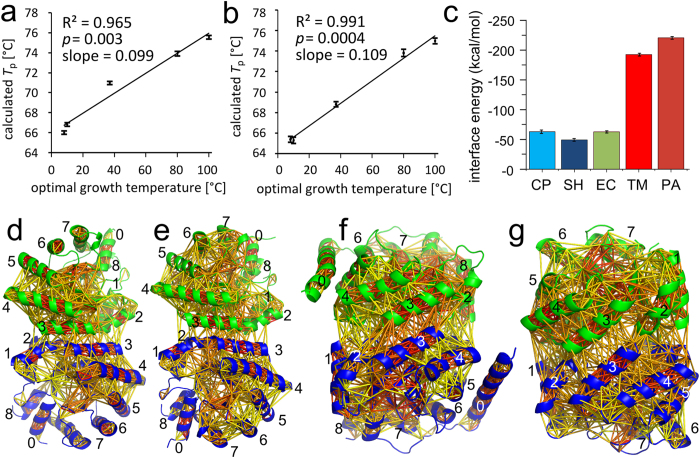Figure 2. Structural rigidity of DERAs from psychrophilic, mesophilic, and hyperthermophilic organisms, as calculated by CNA.
(a,b) Correlation of phase transition temperature Tp computed by CNA over ensembles from MD simulations in the range of (a) 5–50 ns and (b) 50–100 ns with the optimal growth temperature of the host. Error bars represent the standard error of the mean. (c) Sum over energies of all rigid contacts between residue pairs at the dimer interface. (d–g) Visualization of rigid contact strength between amino acid pairs for (d) DERACP (DERASH showed a pattern that was nearly identical), (e) DERAEC, (f) DERATM, and (g) DERAPA. Different orientations of the structures result from the non-equivalent dimer arrangements in psychro-/mesophilic vs. hyperthermophilic DERAs. The strength of the interaction is color coded from yellow (weak) to red (strong).

